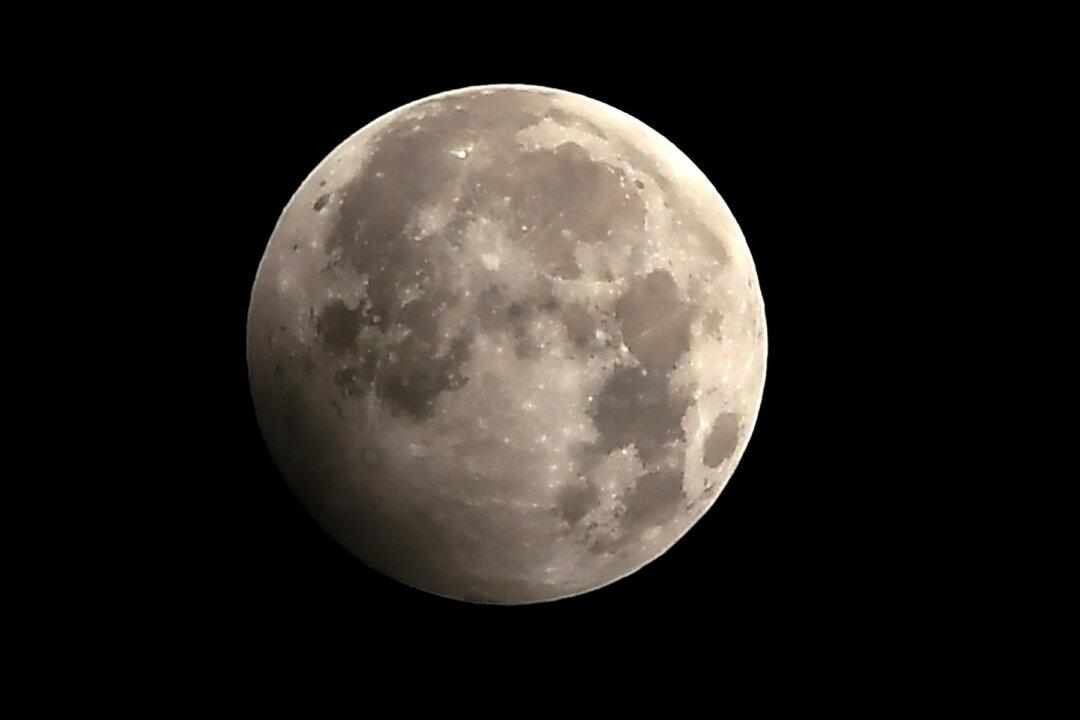U.S. space agency NASA confirmed Monday that water exists on the sunny side of the Moon, albeit in very small amounts.
According to a new study in the journal Nature Astronomy, water can persist on the sunlit side of the Moon, noting that future explorers may have new opportunities.





